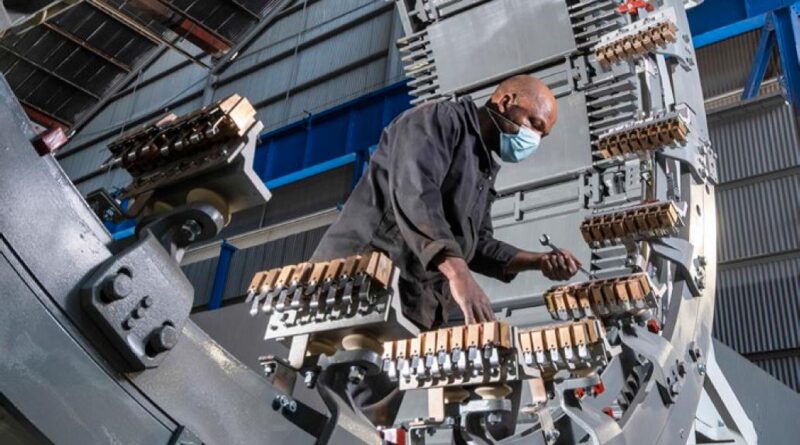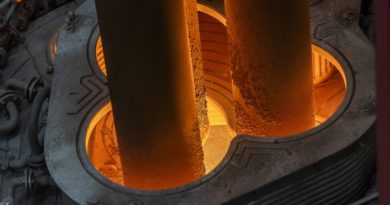Platinum’s use in PEM electrolysers to reduce global CO2 emissions
Platinum is key to proton exchange membrane (PEM) electrolysers which, when powered with renewable energy, generate ‘green’ hydrogen. Zero emissions green hydrogen is an energy carrier that can be used in a wide range of applications to replace fossil fuels. For example, green hydrogen can be used as a feedstock in the production of fertilisers instead of natural gas and it can be used as a fuel to power hydrogen fuel cell electric vehicles.
Recent research indicates that, given proposed PEM electrolyser build-out, platinum’s role in enabling the achievement of global decarbonisation targets could be highly significant. In fact, green hydrogen produced by platinum-based PEM electrolysers could, if solely used to displace the burning of natural gas, deliver over ten per cent of global CO2 emissions-reduction targets as set out in the Paris Agreement, by 2030.
Under the Paris Agreement, which has been signed by every country in the world bar four, it is understood that emissions must reduce by an average of 7.6 per cent each year between 2020 and 2030 to limit global warming to 1.5°C, or by a less-than-optimal average of 2.7 per cent per year to limit warming to 2°C. Global CO2 emissions totalled 34.2 gigatonnes in 2020, meaning that, by 2030, respective CO2 reductions of 18.7 gigatonnes or 8.2 gigatonnes will need to have been made if either target is to be achieved.
CO2 savings
With the volume of electrolyser projects currently planned, and assuming the PEM market share of these ranges from 31 per cent to 96 per cent, between 9 million tonnes and 29 million tonnes of platinum-enabled green hydrogen could be produced by 2030. Should this green hydrogen be used to displace natural gas in, for example, heating and industrial end-uses, it would equate to cumulative CO2 savings of anything from 182 million tonnes up to 573 million tonnes from now until 2030. At the lower end of this range, this equates to 1 per cent of the savings needed to meet the Paris Agreement’s targets of limiting warming to 1.5°C, while at the top end of the range it equates to over 10 per cent of the reductions needed to limit warming to 2°C.
However, the pace of electrolyser capacity additions is expected to accelerate through the 2030s, and annual CO2 savings associated with PEM electrolysers could increase to more than 1 billion tonnes per annum by 2040.
To put this into context, every megawatt of PEM electrolyser capacity – when powered by renewables – can displace 10 thousand tonnes of CO2 emissions, assuming a 48.8 per cent load factor and an operating life of 20 years for the PEM electrolyser. In terms of annual platinum demand, this equates to between 400 koz and 1.3 moz in 2030, depending on PEM electrolyser market share.




